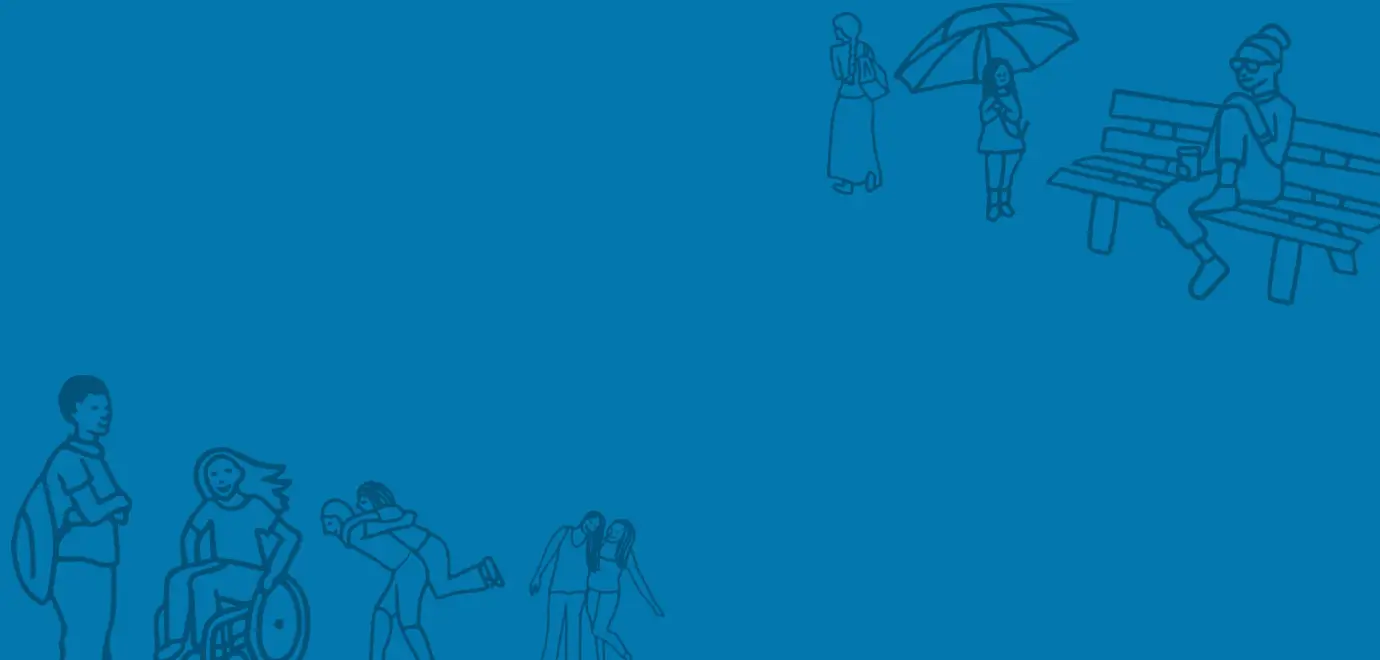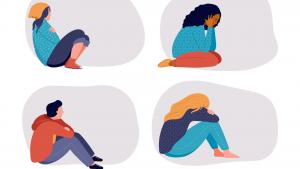With children now staying at home to protect themselves and others from coronavirus, digital technology is playing a bigger role than ever before in helping them to learn, play, and stay connected to each other and family members. Our digital 5 a day guide is a useful framework to help children get the most from their time online and balance digital activity with overall wellbeing. It’s also a tool that parents, carers and others working with young people can use to guide, support and maintain a dialogue about time spent online during social isolation.
- Connect: use the internet to stay connected to friends and family members, and to socialise safely online
Phones, tablets and social media can make staying connected to friends and family members an easy, fun and positive experience during this time. It’s important to make sure children are only connecting online with people they already know, in a safe and secure way.
We’ve put together a digital safety and wellbeing kit in collaboration with leading privacy law firm Schillings to help children stay safe online, containing advice on video calling, browsers, usernames and passwords, and apps.
- Be active: make use of online resources to get moving and boost emotional wellbeing
Activity is very important for mental wellbeing, and it’s essential to balance time spent online with time offline. Encourage children to take regular screen breaks, and to get outside once a day for some exercise or a walk nearby in line with current government guidelines.
Staying at home for most of the day has the obvious disadvantage of not being able to get enough exercise, but right now the internet is providing some fantastic opportunities to get children active and moving. The Body Coach Joe Wicks is streaming daily PE lessons on his YouTube channel, Cosmic Kids Yoga share yoga and mindfulness sessions for children aged three and up, and NHS Change 4 Life has a range of Disney-inspired indoor games and activities designed to get children moving indoors.
- Get creative: use digital tools to learn, build new skills, and discover new passions
The internet provides children with unlimited opportunities to learn and to be creative. From learning to code to building complex structures in Minecraft to creating video content, there are endless opportunities for children to build their digital skills. Time spent online doesn’t have to be spent passively consuming content. It can be educational, creative and can provide opportunities to build skills for later life. We’ve put together a list of free educational resources, audiobooks, and e-books to help keep children busy, active, and learning online.
- Give to others: stay positive and support others throughout the digital day
Encouraging children to give positive feedback and support to friends and family members as well as report any negative behaviour they come across is a powerful way of demonstrating what a helpful and inclusive place the internet can be, especially during periods of social isolation.
Children can also play a role in helping to make the internet a better place for everyone right now by reporting and not sharing fake news. News about coronavirus changes every day, and it’s really important that children know how to spot fake news, so they stay informed about what is really happening, and don’t become scared or frightened by something which isn’t real. We’ve pulled together some tips for young people on how to spot fake news.
- Be mindful
We hear that children often feel pressured by the constantly connected nature of the internet. Being mindful about the increased amount of time that children are spending online at the moment – and encouraging them to be mindful about how this makes them feel – is important. Encourage children to come up with ways of managing their time online, for example downloading an app that helps them manage their notifications. Be ready to listen to any concerns they have and use this guide to maintain a dialogue with them. If they’re feeling worried by coronavirus, we’ve created a children’s guide to the virus to help explain the situation.






